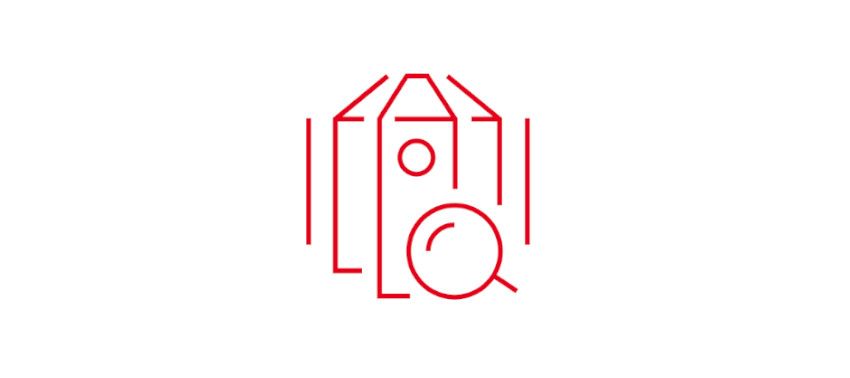DuPont™ Tyvek® 800 J protective coverall increases the safety and comfort of operators at S.G.A.-J.Meyer
_196_Image-01_672px)
Hygiene and the environment are at the heart of the concerns addressed by S.G.A.-J. Meyer, a company specialising in sanitation, the collection and storage of waste material and the inspection and cleaning of equipment used both in industry and by private customers. The success of this family enterprise, established close to Giens in 1949, is founded on the quality of its operations which necessarily involve a culture of safety. Operations in critical environments and dangerous zones are a matter of routine at S.G.A.-J. Meyer. “Our teams work in a range of different environments (companies, nuclear power stations, etc.) and, among other things, collect and pump waste material and perform sanitation operations,” explains Lucie Lambert, Head of Quality Safety Environment (QSE). “The operators treat waste pathogens in the air cooling units of nuclear power stations using a chemical procedure patented by S.G.A.-J. Meyer, and are responsible for reducing the detection threshold to the level stipulated by current regulations before recovering and storing the waste. When carrying out this activity, they run major chemical risks – hence the need for perfect protection.”
Satisfying operators’ expectations in terms of comfort of use
With the support of Frédéric Fontaine, stores supervisor and member of the health, safety and working conditions committee (CHSCT), Lucie Lambert is tasked with implementing the risk prevention process. In particular, this involves identifying the risks as well as ensuring permanent dialogue with its operators, both on the S.G.A.-J. Meyer site and in the field, in order to determine their needs. Feedback is valuable to her as it enables her to focus her choices on the most suitable personal protective equipment (PPE). “If an operation requires specific PPE, I ask Frédéric if we already have this type of equipment in stock. If we don’t, we conduct a study then acquire samples and test the PPE. This test phase can last up to one month.” This was also the process adopted for the Tyvek® 800 J protective garment, scheduled to replace other models used in the company which, whilst satisfying current protection standards, did not suit the operators: “The suits that we used were made from triple-layered polyethylene film and were therefore not “breathable”, to such an extent that after quarter of an hour, even if the temperature wasn’t particularly high, the operators were sweating so much that they were soaked. They felt entirely confined.” A further problem was the rigidity of the material: “The operators felt as if they were in a heavy plastic bag which restricted their movements. These garments were so uncomfortable that the operators were likely to wear them incorrectly. That is why we had to find a solution.”
“Henceforth, our operators no longer want to wear anything other than the Tyvek® garment”
The S.G.A.-J. Meyer teams were already happily using a Tyvek® coverall –Tyvek® 500 Xpert – for light duty operations. Lucie Lambert and Frédéric Fontaine thus decided to test the brand new Tyvek® 800 J coverall which is particularly well adapted to sanitation work due to its resistance to pressurised jets of low-concentrated, inorganic chemicals.
Tyvek® 800 J (Category III, Type 3) was developed as a high-comfort alternative to the chemical protective garments used for less demanding Type 3 applications. These are often made from triple-layered polyethylene film which can be rigid, poorly adjustable and, above all, very hot.
Tyvek® 800 J is the first Tyvek® garment to be certified as “liquid tight” (Type 3). Thus to satisfy its different needs, the company SGA J. Meyer no longer needs to reference several garments, a fact which enables it to cut costs. Furthermore, in contrast to frequently used alternatives, the Tyvek® 800 J garment is permeable to moisture vapour and can help simplify stress management resulting from heat. It therefore increases user-acceptance, personnel productivity and the service life of the garment.
After a few months of use, everyone agrees. The company’s operators and technicians have all adopted the Tyvek® 800 J garment. “Our operators no longer want to wear anything other than the Tyvek® 800 J, or the white suit with the orange stripes, as they refer to it,” notes Frédéric Fontaine. “When they use a pressurised liquid spray and are standing near the tank, they are perfectly protected and never get wet. It is comfortable due to the “breathability” of the fabric and its comparatively light weight, whilst their movement remains unrestricted. Moreover, as it is well designed and less rigid than the garments worn in the past, it is less likely to suffer from the wear and tear of everyday operations.”
With regard to chemical protection, this garment accompanies the S.G.A.-J. Meyer operators in their tank cleaning and degassing operations, as well as pumping operations on their customers’ sites that require electrostatic dissipative clothing. Tyvek® 800 J garment is antistatically treated inside and offers electrostatic protection according to EN1149-1 including EN1149-5 if properly grounded.
“The Tyvek® 800 J garment provides effective protection against low-concentrated inorganic chemicals and is barely noticeable thanks to its lightweight design and comfort of use. All the protection and comfort criteria are brought together in one single product, making this suit very versatile – a fact which explains the success encountered with the employees of S.G.A.-J. Meyer,” concludes Lucie Lambert.


